Emotional Advertising: How Brands Use Feelings To Get People To Buy
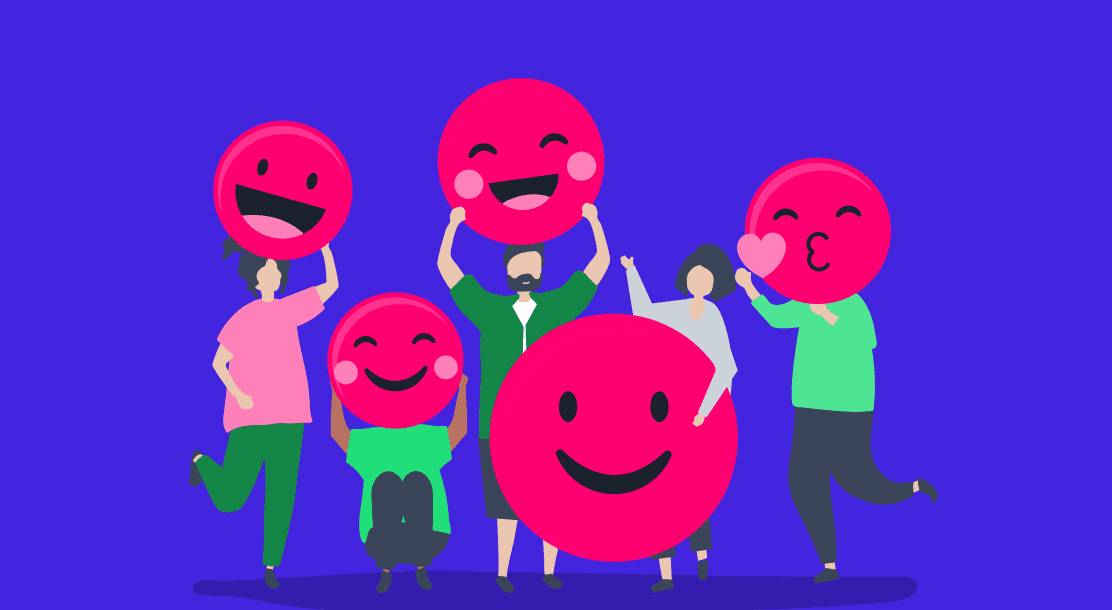
Table of Contents
- Introduction
- Role of Emotional Advertising
- How do Brands Use Emotions to Get People to Buy?
- Key Takeaways
- Conclusion
- FAQs
Businesses use emotions to make customers inclined to their brand. Everything, right from your logo, can elicit positive responses from the target audience. You can make people aware of your existence, keep them committed to your brand for a long time, and make them your brand ambassadors. Emotional advertising is a part of the marketing strategy that most companies successfully use.
Role of Emotional Advertising
Emotional advertising helps create long-term customers. The loyalty of customers is salient for a business. People give more importance to emotions than any other rational ideologies. It is a demanding task to create customers and also to retain them. Customer retention is the predominant marketing strategy through emotional appeal advertising.

This kind of advertising makes your products memorable. There is substantial competition among brands, and to remain etched in the minds of consumers is imperative. To achieve success and stay profitable, you have to create a relationship with the customers, the one that they take to heart. Standing out and developing a difference through emotional ads helps a lot.

All emotions go in the direction of action. The action here means either buying your brand or patronizing your business. The sentiment which stimulates the outcome is what drives business. Several emotional advertising examples like the one above can be looked into as a guide to achieve this end.
There can be a lot of understanding with the customers when you genuinely try to connect with their emotions. People also share information with others if they feel connected with anything. In the same way, they share information about your business with others and help increase your customer base. A friend or a neighbor buys something, and the others also want to follow suit.
Emotional advertising is directly proportional to the victory of the business. The advertisements impact the buying decisions of consumers. Research indicates that more than any rational campaign, an emotional campaign is successful. An emotional marketing stat states that customers who have an emotional relationship with a brand will likely recommend the company at a rate of 71%.
A trigger that arouses the feelings directly leads to a purchase. A lot of emotional appeal advertising examples are testimony for this.
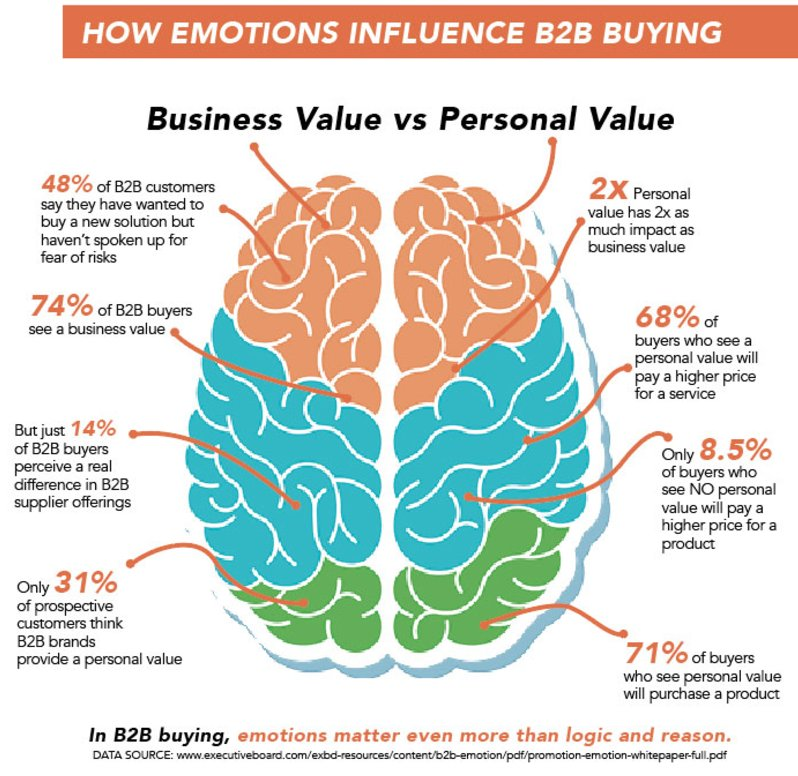
How Brands Use Emotions to Get People to Buy
Various human sentiments create an impact on the lives of people. It is common to find that people are often excited or upset over things that exist along with them. You can channel
consumers’ emotions towards achieving the goals of the business. Businesses exist in a symbiotic relationship with the consumers. The best emotional advertisement can help a long way. But for this purpose, you cannot go around faking people’s emotions. Homo sapiens try to identify their decisions as wise, even though emotions dominate their decision-making process. Read further to find out about the common emotions that are and can be targeted:
1. Happiness
Who doesn’t want to be happy? It is that emotion that can be easily passed on to others too. Everyone wants a solution to their problem, and as a business, when you present your ideas as a solution, they readily accept it with happiness. For example, Coca-Cola’s happiness campaign, ‘Choose happiness’ in 2015, is one of the best emotional advertisements. It shows that the company wants consumers to share their happy memories.
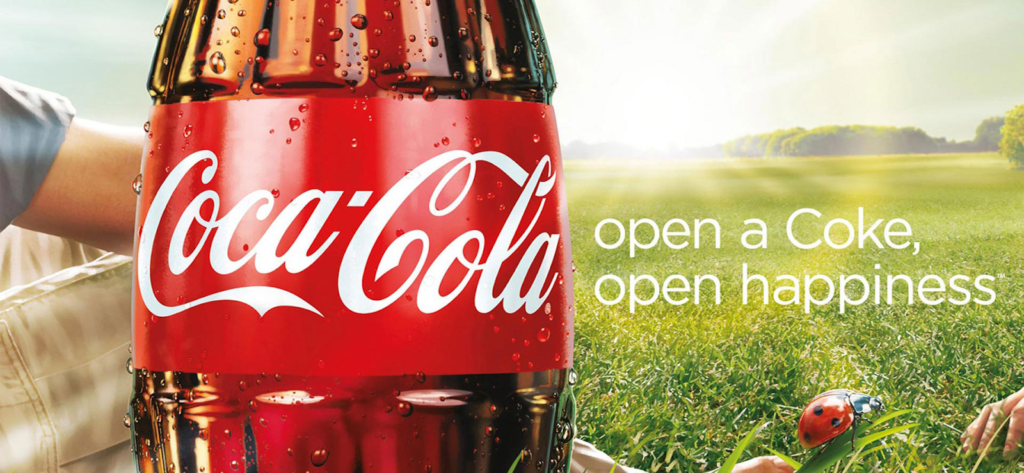
2. Sadness
This is another effective tool employed by businesses when they need to channel empathy and compassion. Generally, these advertisements are used for social issues and creating awareness. Making the consumers sad is not the motto; instead, the sadness created should motivate them towards helping or donating. Below is the emotional advertising example for the emotion, ‘sadness’.

3. Fear
Instill fear in the consumer’s minds and see the impact it can create! Fear creates a sense of caution and makes people make responsible decisions. This kind of emotional targeting is also used mainly in social issues. For instance, creating awareness on global warming, harmful effects of smoking and drinking, etc., are emotional advertising examples.
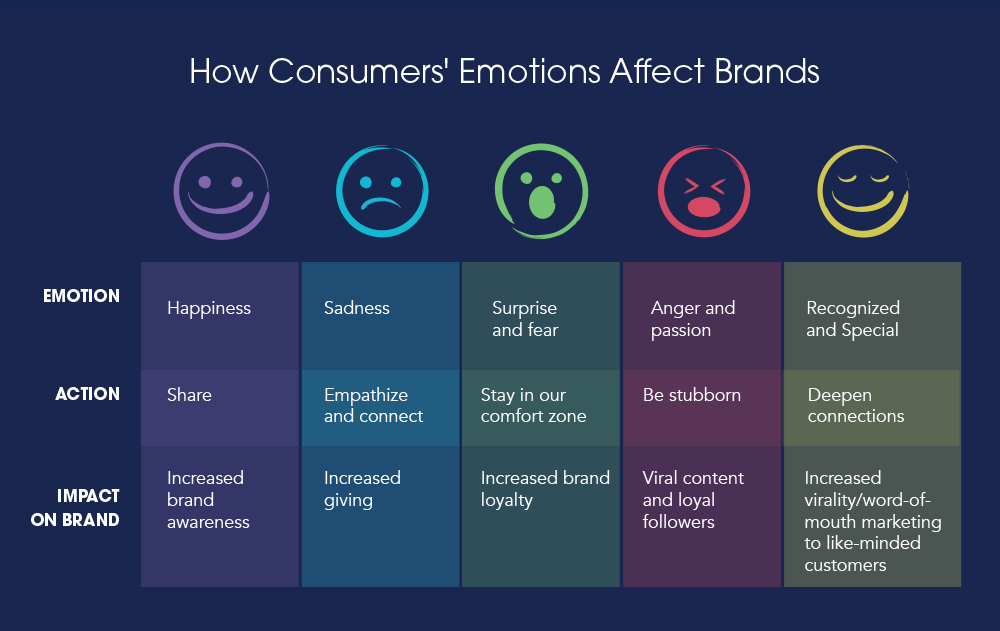
4. Insecurity
What happens when one feels insecure? He holds on to something strong. That something will be your product and the campaign on how it will change their lives forever. All the feel-good advertisements of the cosmetic industry are done by instigating insecurity in the consumer’s mind.
5. Anger
Brands use anger in ads to make customers exasperated over an issue and help find the solution for the same. Anger is a negative emotion but works positively well for the business when used correctly. Emotional advertising streamlines anger into necessary outcomes.


Key Takeaways
- Creating an emotional bond with the consumers is essential to maintaining good, long-term ties. Customers who stay longer can help generate more customers. They become your brand ambassadors.
- Emotional advertising creates a sense of belonging to the consumer. They feel they are the brand and identify their characters in it.
- Targeting emotions can help your business brand stay longer in the minds of consumers. How you make them feel is very important, since they will not forget it easily.
- Feelings that you induce can be both negative and positive. For example, fear or anger is a negative emotion but can create an impact by making them feel.
- The happier the customer feels after reading your advertisement, the greater is the possibility of it being shared. Sharing widens your customer base and helps you increase profitability.
- Emotional appeal advertising is not only for improving profitability but also to take home some significant values. For instance, to make people understand the harmful effects of smoking, pictures of those affected badly are circulated. This creates fear and helps you achieve the cause.
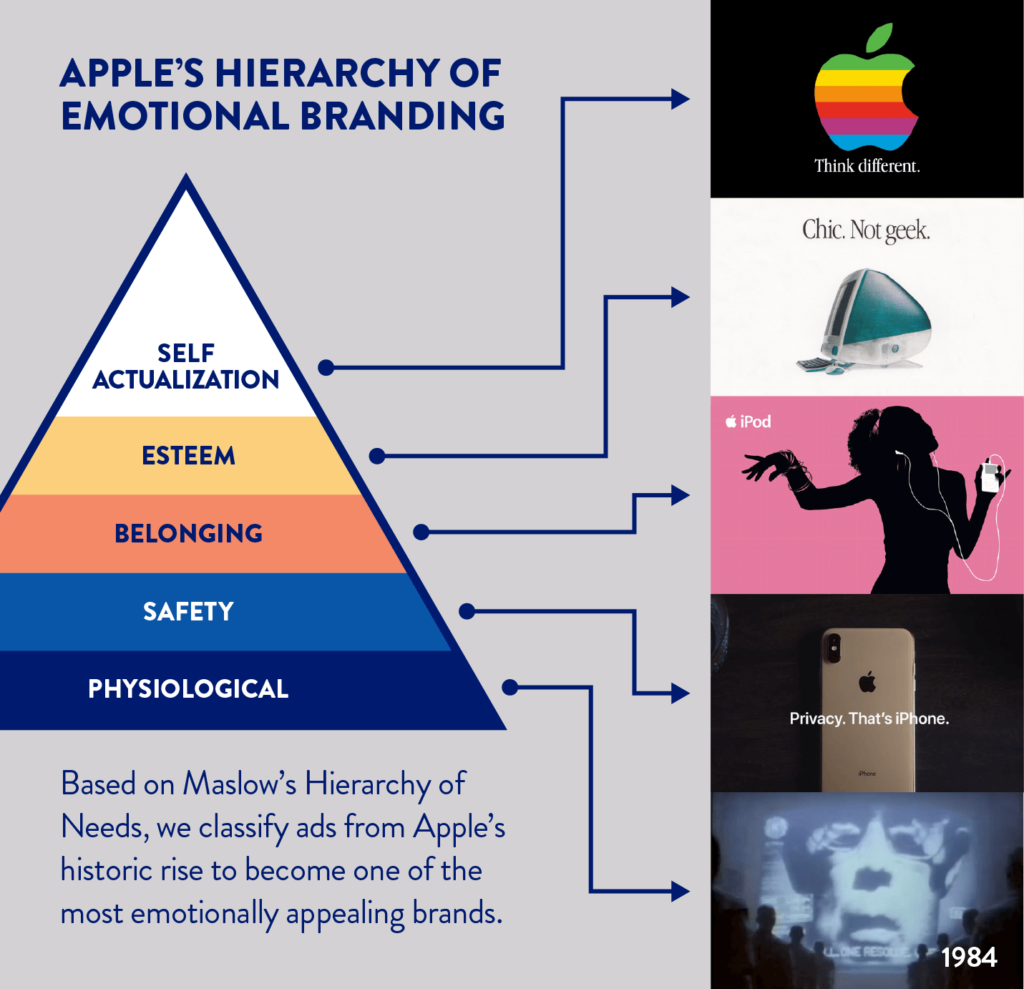
Conclusion
It is a well-known fact that people make purchasing decisions emotionally and later find out rational justifications for the same. Emotional Advertising creates triggers and must be employed effectively by businesses. You can choose any emotion for your advertising but make sure they echo the needs of your business. Nothing can stop your success when your goal and the customer’s needs are aligned.
FAQs
The human mind is close to the factor called emotion. It is a powerful way to get the attention of consumers. When consumers are connected to a product or brand, it is easier to return to you repeatedly. This is of great benefit to your business.
It is important to advertise a product and essential to get to know what the consumer feels. Responses in the emotional form are the feedback and help businesses identify the purpose of emotional advertising.
If your business can reach out and stay in consumers’ memory for a long time, there lies its success. The more emotional impact you create through emotional appeal advertising examples, the longer you stay in their memory, as both are interconnected.
There are many emotions associated with humans. Each one is different and needs a different approach for better understanding. Emotions like fear, anger, greed, belongingness, and happiness are present in all and can be addressed through marketing.
More than information, emotion creates a connection with people. Advertising, no doubt, provides information to the audience, but emotional appeal advertising keeps them bound to the brand. Customer retention is one important benefit that can be derived.
The main thing is that you should be authentic and not play around with faking emotions. The core values of your business need to be aligned with the marketing strategy.
Latest Blogs
Explore how Google’s 2025 AI search updates triggered ranking chaos. Learn actionable strategies to adapt your SEO for AI Overviews, zero-click searches, and SERP volatility. Stay ahead now.
Learn how to rank on AI search engines like ChatGPT, Perplexity, and Gemini by optimizing your content for authority, structure, and relevance. Stay ahead in AI-driven search with this strategic guide.
Explore the best healthcare SEO services for your medical practice. Improve online visibility and effectively reach more patients in need of your services.
Get your hands on the latest news!
Similar Posts

Advertising
4 mins read
5 Square Yards Ads That Caused Traffic Jams

Advertising
8 mins read
How the Nirma Ad Has Evolved Over the Years

Advertising
6 mins read